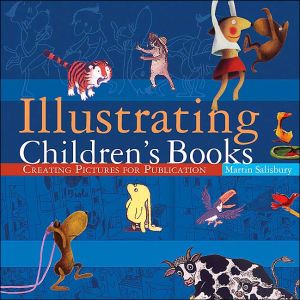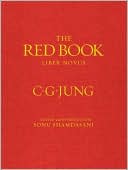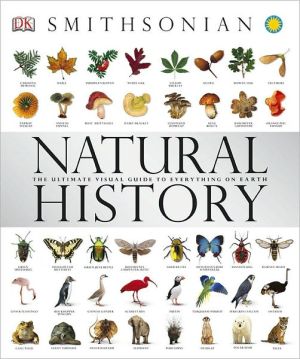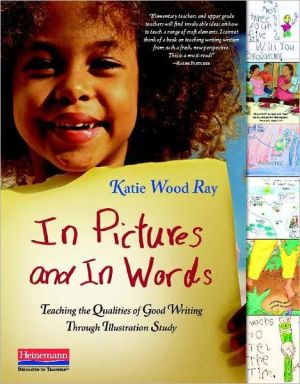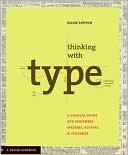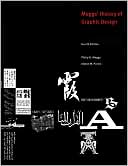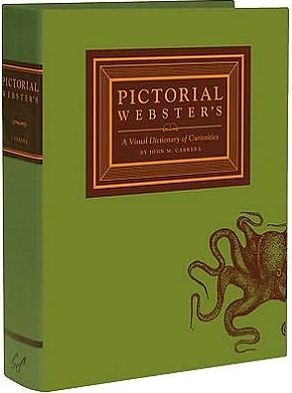Illustrating Children's Books: Creating Pictures for Publication
The successful book illustrator starts by understanding his author's flight of fancy, then rendering the ideas and actions imaginatively in pictorial terms. This unusual and inspiring book was written for art students and ambitious beginners. It instructs on methods of developing both imaginative powers and the technical artistic skills to produce high quality illustrations that will please authors and children's book editors. Separate chapters focus on:\ \ Media, materials, and techniques\...
Search in google:
back cover Illustrating Children’s Books The art of illustration for children has a long and rich tradition, and for generations has been beloved by countless readers. Illustrating Children’s Books shows you how to create beautiful artwork for children. It examines the approaches taken by advanced-level students and leading artists, and describes how their ideas evolve from start to finish. Sketches and annotations reveal the techniques of successful children’s illustrators and explain how to tackle fantasy, fairytale, realism, and nature drawings. Includes tips on working in a variety of media and offers advice on illustrating for different age groups and types of books. Teaches you how to interpret and enrich the text, build characters, and create vibrant settings that will stir readers’ imaginations. You’ll discover how to create storyboards and layouts, work to a brief, and present your work professionally. Martin Salisbury is Course Director for the Master of Arts Degree in Children’s Book Illustration at Anglia University, Cambridge, England. Since graduating in illustration from Maidstone College of Art he has worked continuously as a book illustrator and painter alongside his academic post. He is a regular contributor to Artists and Illustrators Magazine and is co-editor of the graphic arts magazine Line. Martin lives in Cambridgeshire, England.Susan Avishai - KLIATTYou'd expect an overview of children's book illustration to be chock-full of pictures, and this book does not disappoint. Each delicious page is designed to appeal to the reader. Salisbury, who is an illustrator himself, clearly adores the world of children's lit. He has organized the book into logical topics, beginning with a brief history of the genre. He moves on to the importance of drawing, then covers most of the media used to illustrate children's books: watercolor, acrylic, collage, prints and even computer-based illustration. No one book could or should stand as drawing teacher, and there are hundreds written on the individual media, but Salisbury's cursory tour is well done, with many fine examples to illustrate. To his credit, his choices are eclectic. He does not believe there is one "way" to draw that is particularly suitable for children, rather he supports any good art that has passion, surprise, imagination, and the ability to enchant. The book also deals with differences between picture books, books for older children, nonfiction illustration, character development, design and typography, and concludes with some helpful advice when trying to get published. It would be a delightful browse-through for anyone, although it seems particularly directed at the student or artist intending to enter the field. The writing is not nearly as interesting as the author's ideas or his visual examples, and occasionally he talks about pictures that are not shown, so we need to rely on his writing even more. Small criticism, however, for a lovely book that encourages the artist to enter the field. KLIATT Codes: SA—Recommended for senior high school students, advanced students, andadults. 2004, Barron's, 144p. illus., Ages 15 to adult.
Chapter 1A Brief HistoryIntroduction8The 19th Century and the Golden Age10The 20th Century14Children's Book Illustration Now16Chapter 2DrawingIntroduction20The Life Studio22Drawing Children24Drawing Animals28On Location30Case Study: A Sense of Place32From Observation into Imagination34Case Study: Nature Feeds Imagination38Chapter 3Media, Materials, and TechniquesIntroduction40Watercolor42Acrylic Paint46Oil Paints and Pastels48Black-and-White Work50Case Study: From Oil to Acrylic52Print-based Media54Collage and Mixed Media56Computers58Case Study: Going Digital60Chapter 4Character DevelopmentIntroduction62Getting to Know Your Characters64Animals as Characters68Case Study: Kitamura's Creatures70Animating the Inanimate72Chapter 5The Picture BookIntroduction74Concepts and Ideas76Form78The Sequential Image80Words and Pictures84Novelties and Pop-ups86Making Dummy Books88Case Study: The Wordless Book90Case Study: A Word/Image Relationship92Chapter 6Illustration for Older ChildrenIntroduction94What to Illustrate96Setting the Scene98Book Covers100Illustrating Poetry104Case Study: Following your Passions106Chapter 7Nonfiction IllustrationIntroduction108History Books110Practical, "How-it-Works" Books112Alphabets, Dictionaries, and Counting Books114Case Study: Mazes and Hidden Treasure116Chapter 8Design and TypographyIntroduction118Dynamics of Composition and Layout120A Concern for Design122Case Study: Type as Image124Chapter 9Getting PublishedIntroduction126Professional Approaches128The Publisher's View132Contracts and Money134Glossary136Resources138Index and Credits140
\ KLIATTYou'd expect an overview of children's book illustration to be chock-full of pictures, and this book does not disappoint. Each delicious page is designed to appeal to the reader. Salisbury, who is an illustrator himself, clearly adores the world of children's lit. He has organized the book into logical topics, beginning with a brief history of the genre. He moves on to the importance of drawing, then covers most of the media used to illustrate children's books: watercolor, acrylic, collage, prints and even computer-based illustration. No one book could or should stand as drawing teacher, and there are hundreds written on the individual media, but Salisbury's cursory tour is well done, with many fine examples to illustrate. To his credit, his choices are eclectic. He does not believe there is one "way" to draw that is particularly suitable for children, rather he supports any good art that has passion, surprise, imagination, and the ability to enchant. The book also deals with differences between picture books, books for older children, nonfiction illustration, character development, design and typography, and concludes with some helpful advice when trying to get published. It would be a delightful browse-through for anyone, although it seems particularly directed at the student or artist intending to enter the field. The writing is not nearly as interesting as the author's ideas or his visual examples, and occasionally he talks about pictures that are not shown, so we need to rely on his writing even more. Small criticism, however, for a lovely book that encourages the artist to enter the field. KLIATT Codes: SA—Recommended for senior high school students, advanced students, andadults. 2004, Barron's, 144p. illus., Ages 15 to adult. \ —Susan Avishai\ \ \ \ \ Library JournalIllustrators of children's books have come into their own as fine artists. In this comprehensive, enchanting work, Salisbury, who is course director for the master of arts degree in children's book illustration at Anglia University, Cambridge, England, surveys the genre's distinguished history with examples from Caldecott, Greenaway, N.C. Wyeth, Maxfield Parrish, and Howard Pyle. Salisbury points to Maurice Sendak's In the Night Kitchen as the bar for the quality and range of illustrative work. Through sketches and annotations, Salisbury explains how to create fantasy, fairy tale, realism, and nature drawing. Written for advanced students, the book covers storyboards and layouts, contracts, copyrights, and how to present one's work professionally. Highly recommended for all collections. For a gallery of ideas on the subject, some collections may also want to add Abrams's Wings of an Artist: Children's Book Illustrators Talk About Their Art. Copyright 2004 Reed Business Information.\ \ \ School Library JournalThe chapters of this richly illustrated book touch on everything from media, materials, and techniques to design and typography, but the information given is not enough to actually teach the subject. Instead, the author gives readers a brief but interesting overview. For instance, in the chapter entitled "Character Development," Salisbury discusses mannerisms, facial expressions, and child-friendliness of characters, but doesn't tell readers how to actually create these effects on their own. However, this book does a very good job of addressing the many elements of illustration for someone who is unfamiliar with the process. Topics such as "What to illustrate," "Dynamics of composition and layout," and "Type as image" give a more concrete concept of the profession and artistry. The featured artwork is all pulled from children's picture books to demonstrate the concepts in the related text. Some are spot illustrations, a character or scene cut from its background, while others are spreads reduced to fit within the page with accompanying text. Colorful and lively, the illustrative material is indispensable to the content. A fine choice for adults interested in illustration, or as a resource for someone new to discussing art in children's books.-Heather E. Miller, Homewood Public Library, AL Copyright 2005 Reed Business Information.\ \
